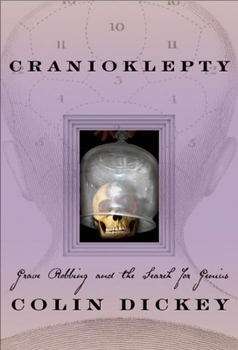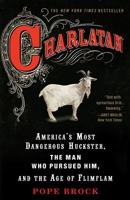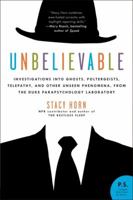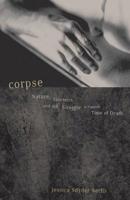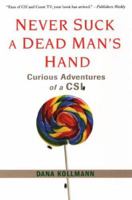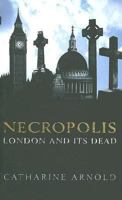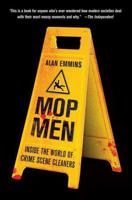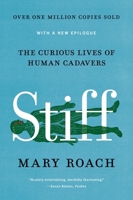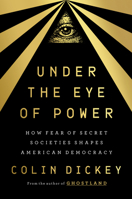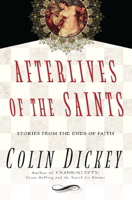Cranioklepty: Grave Robbing and the Search for Genius
Select Format
Select Condition 
You Might Also Enjoy
Book Overview
Customer Reviews
Rated 5 starsA Fascinating Page-Turner!
This book is very hard to put down. The pages turn by themselves as the author weaves captivating (and occasionally gory) tales of grave robbing, phrenology, craniometry and the post-mortem lives of certain skulls - that is, the skulls of certain deceased people who were recognized as geniuses. These include Haydn, Beethoven, and Mozart among several others. It was hoped that the study of such skulls would help identify physical...
0Report
Rated 5 starsSkulduggery
There is something simultaneously ghastly and funny about a human skull. A skull is an astonishing piece of sculpture, the most intricate of the bones in the body, but it always stands as a reminder that we are all mortal and mortality is temporary. It is mere happenstance that the skull of even the most disagreeable misanthropist seems to grin at us, but that classic spooky grin is just part of the reminder. There was...
0Report











